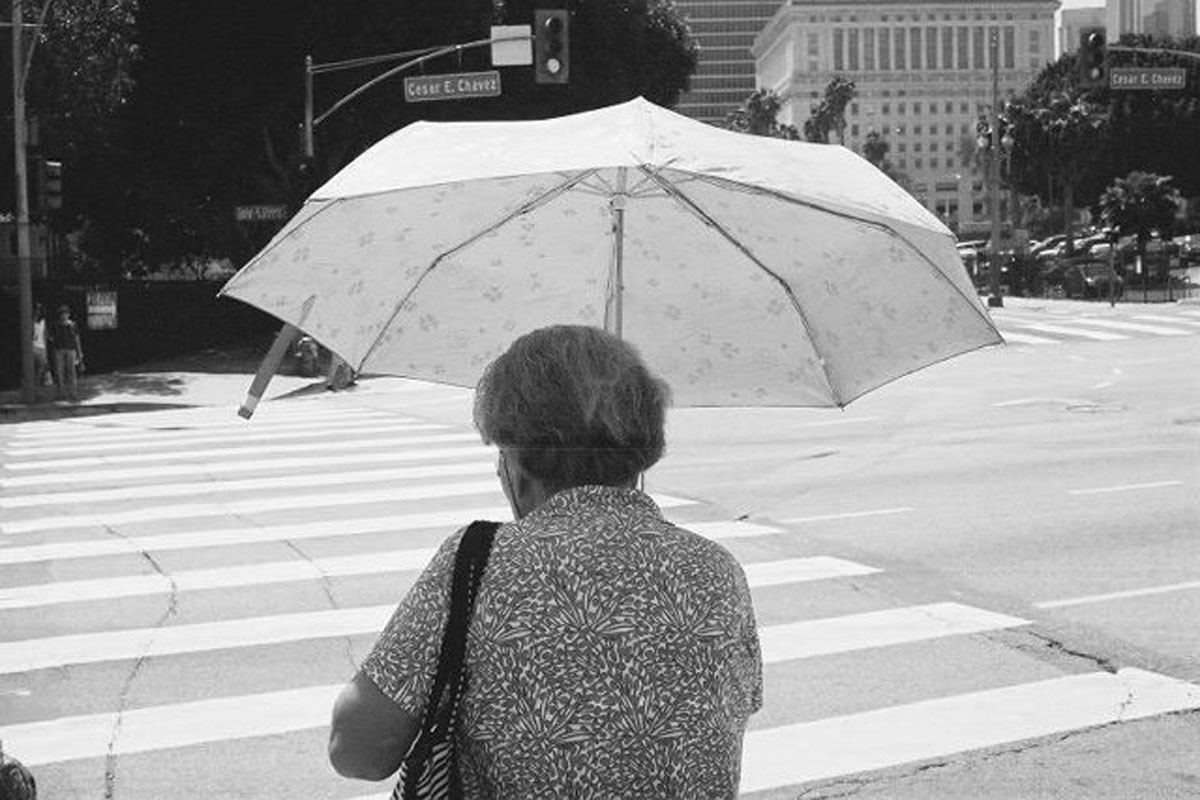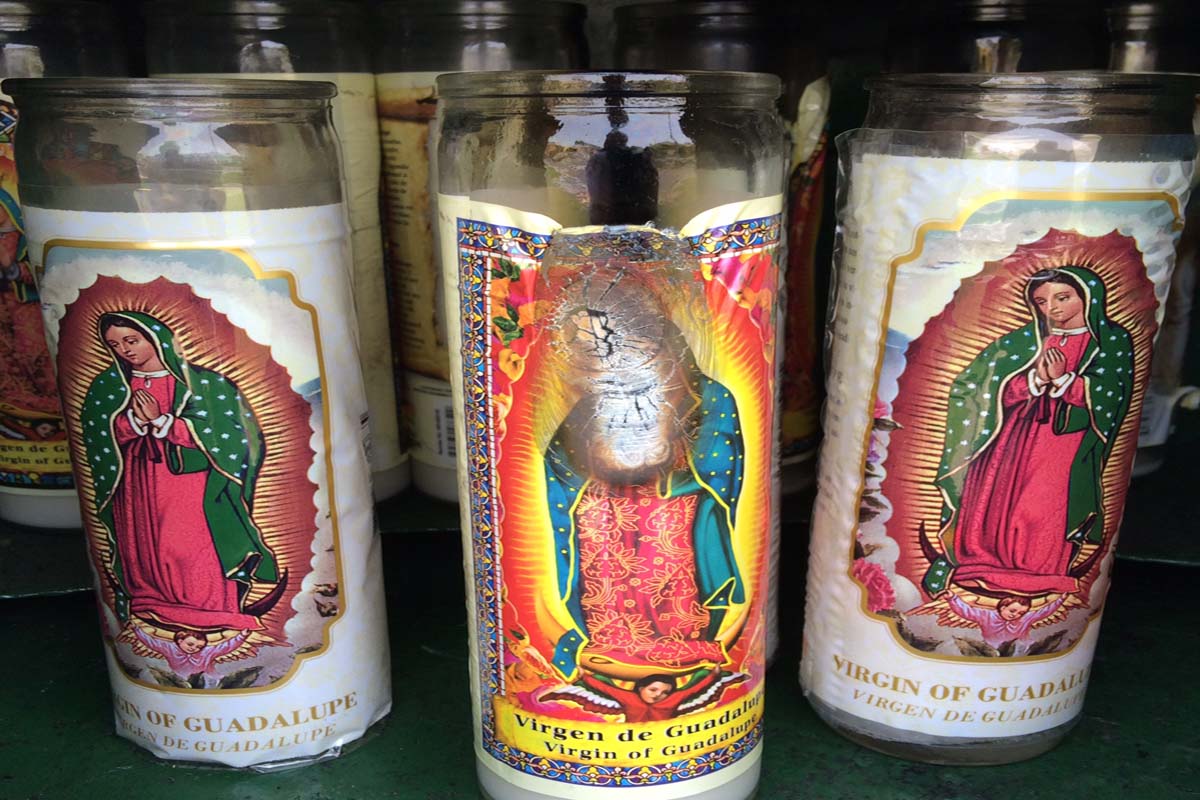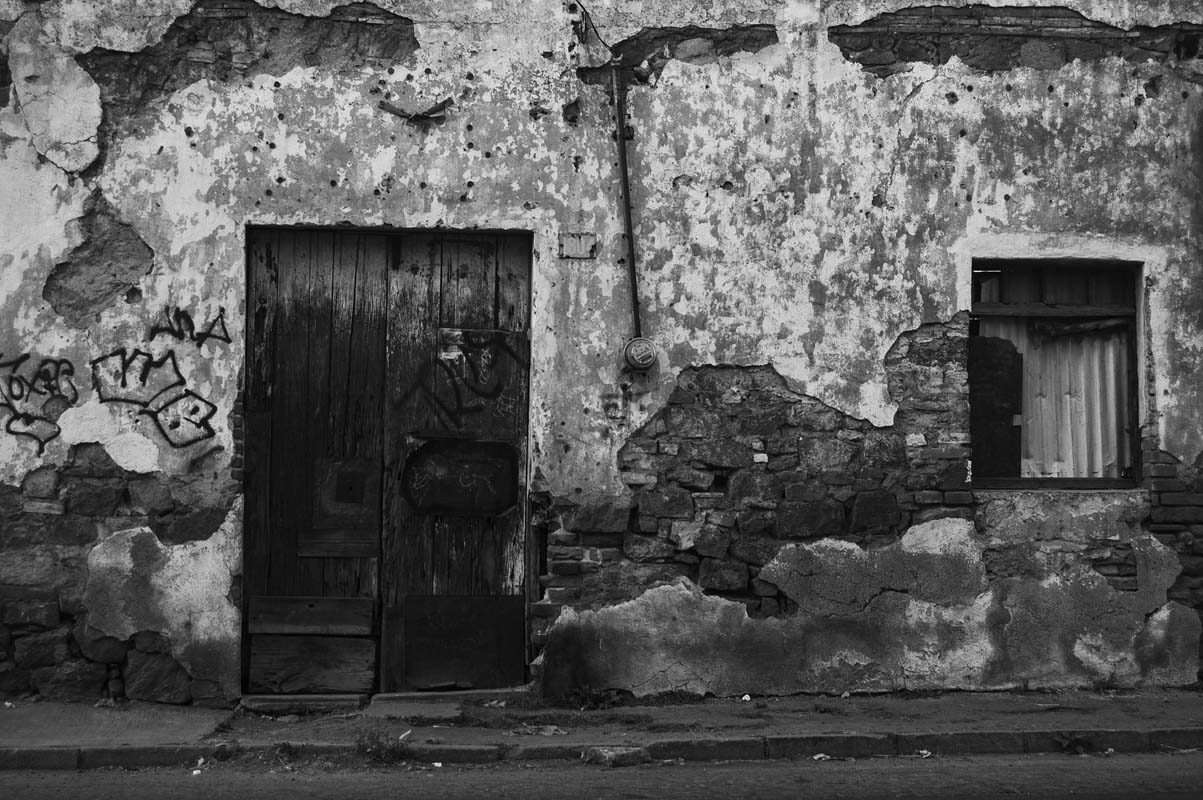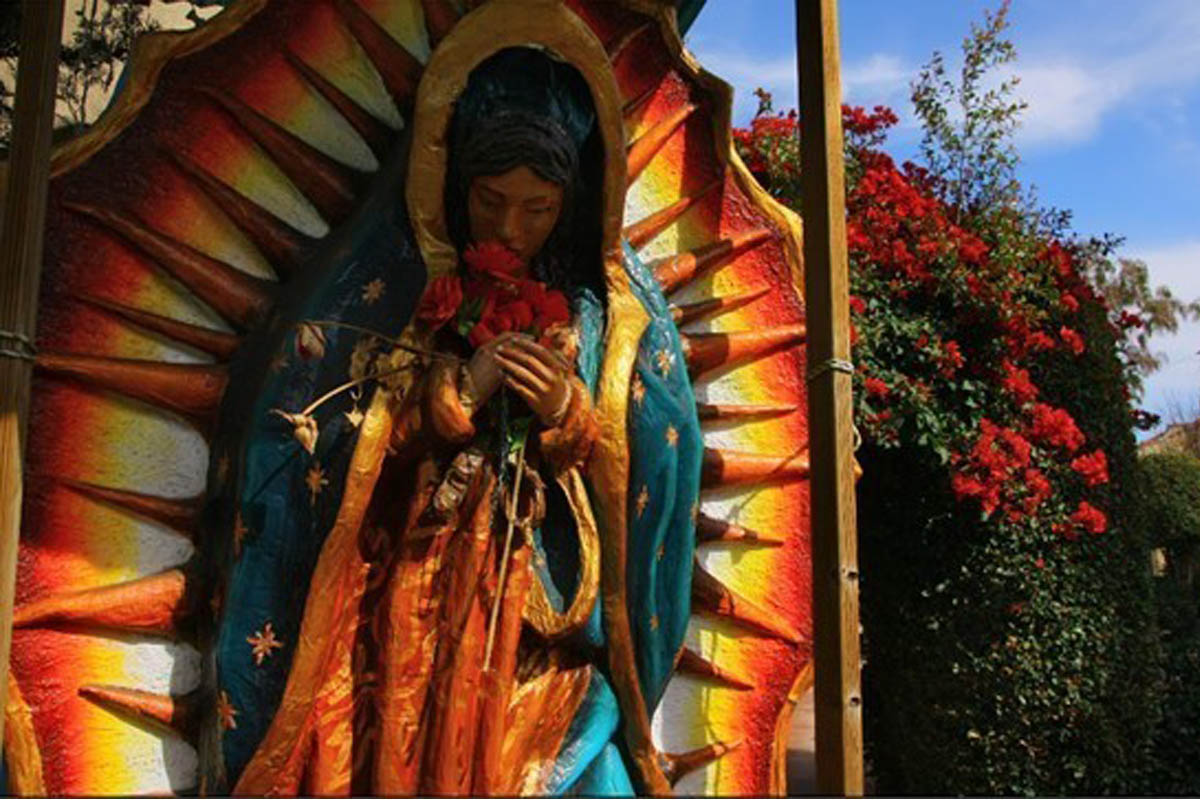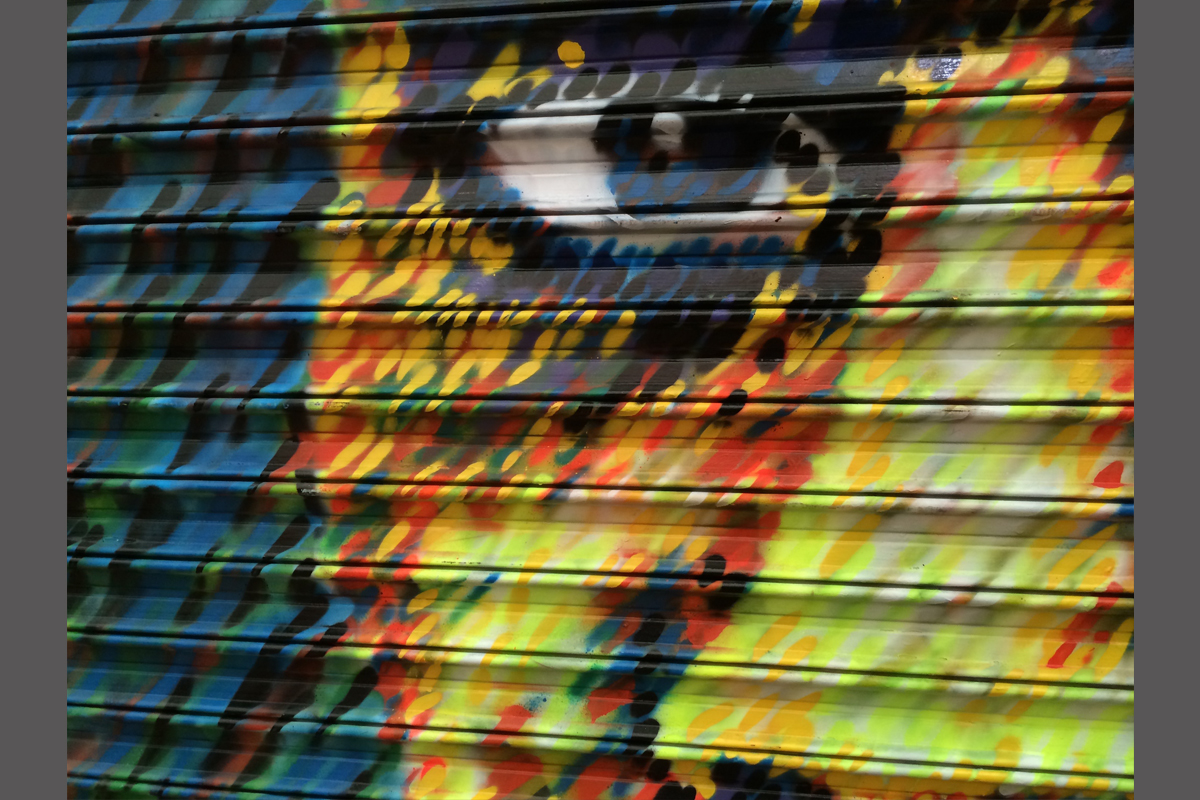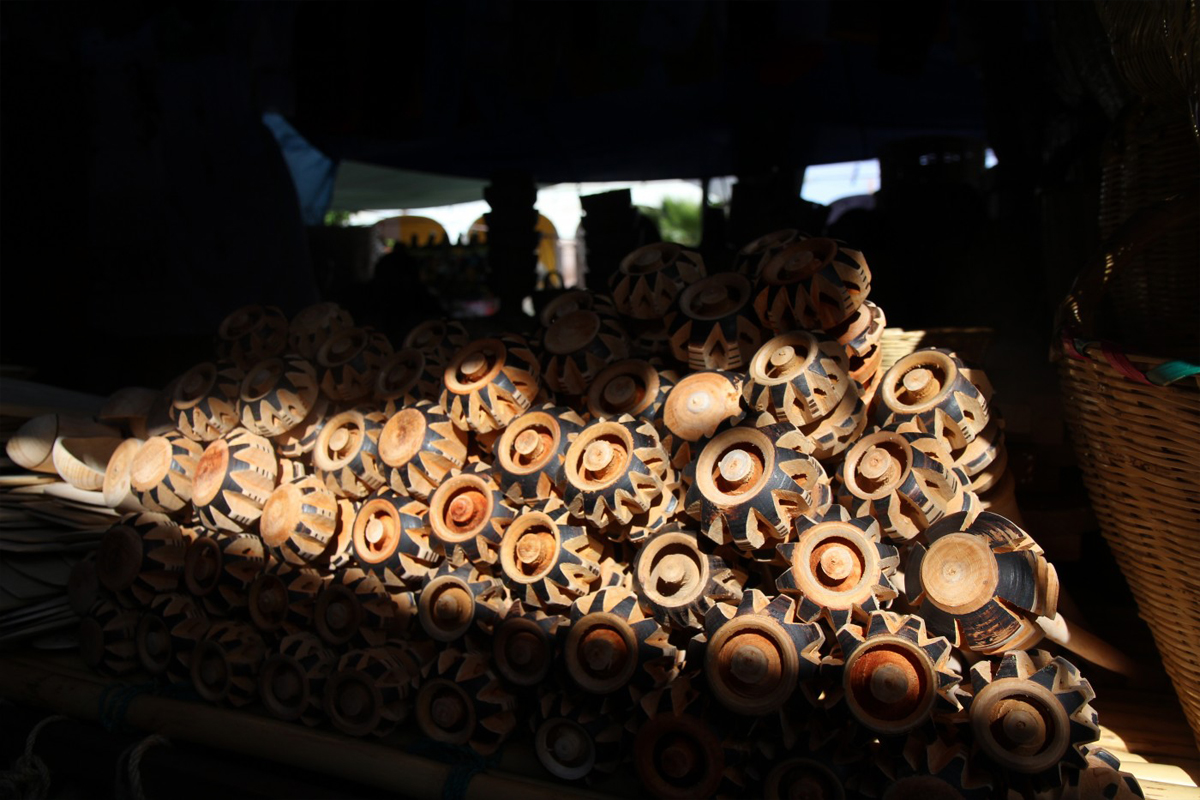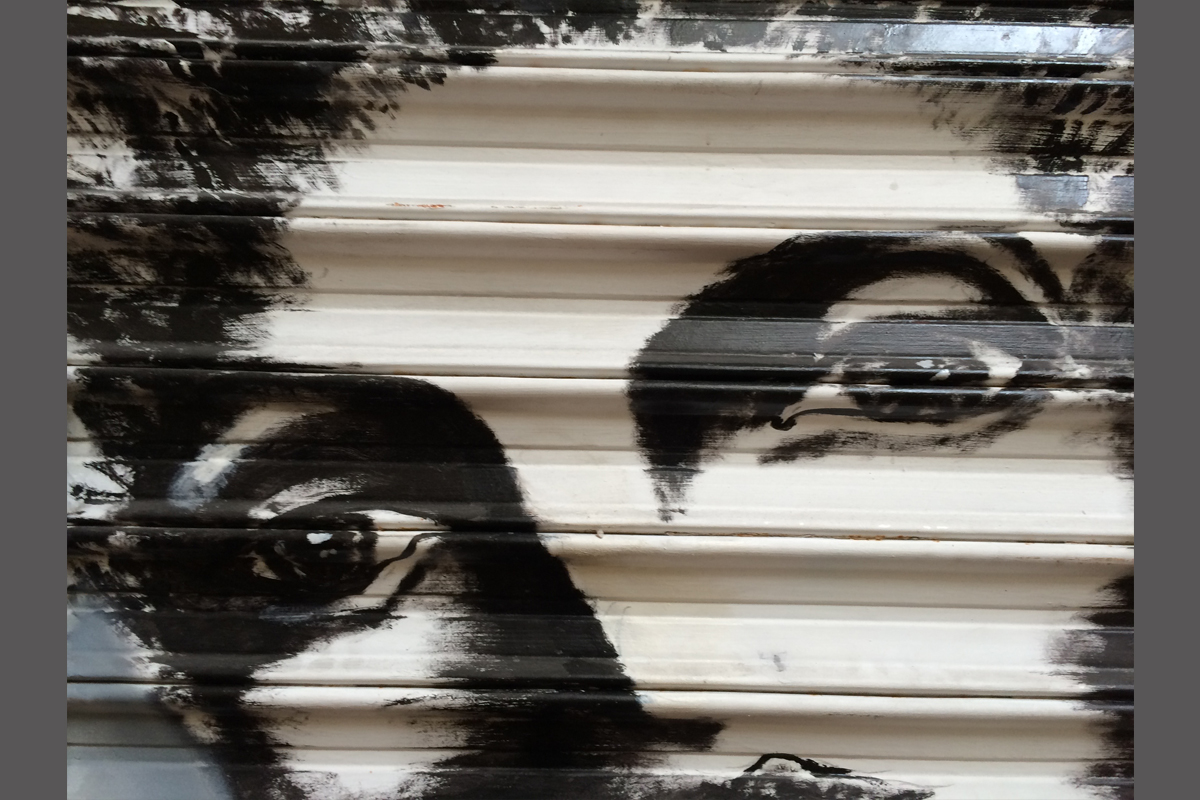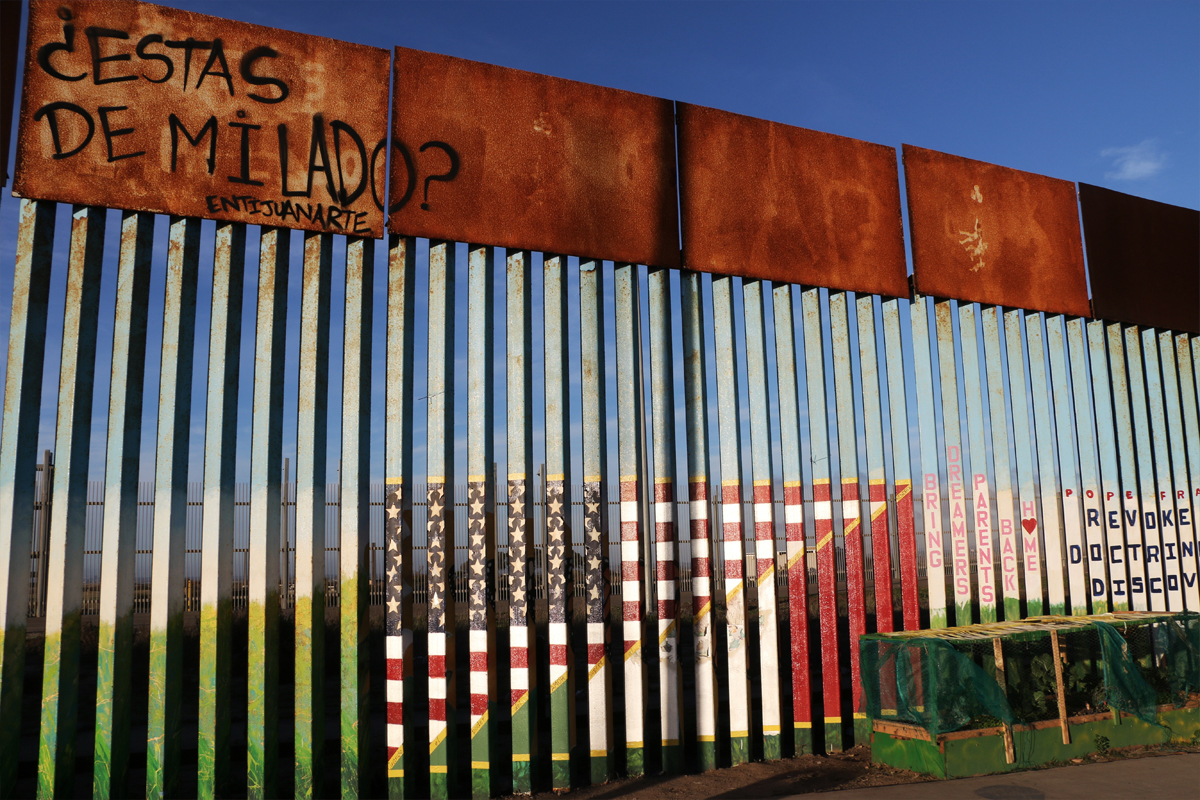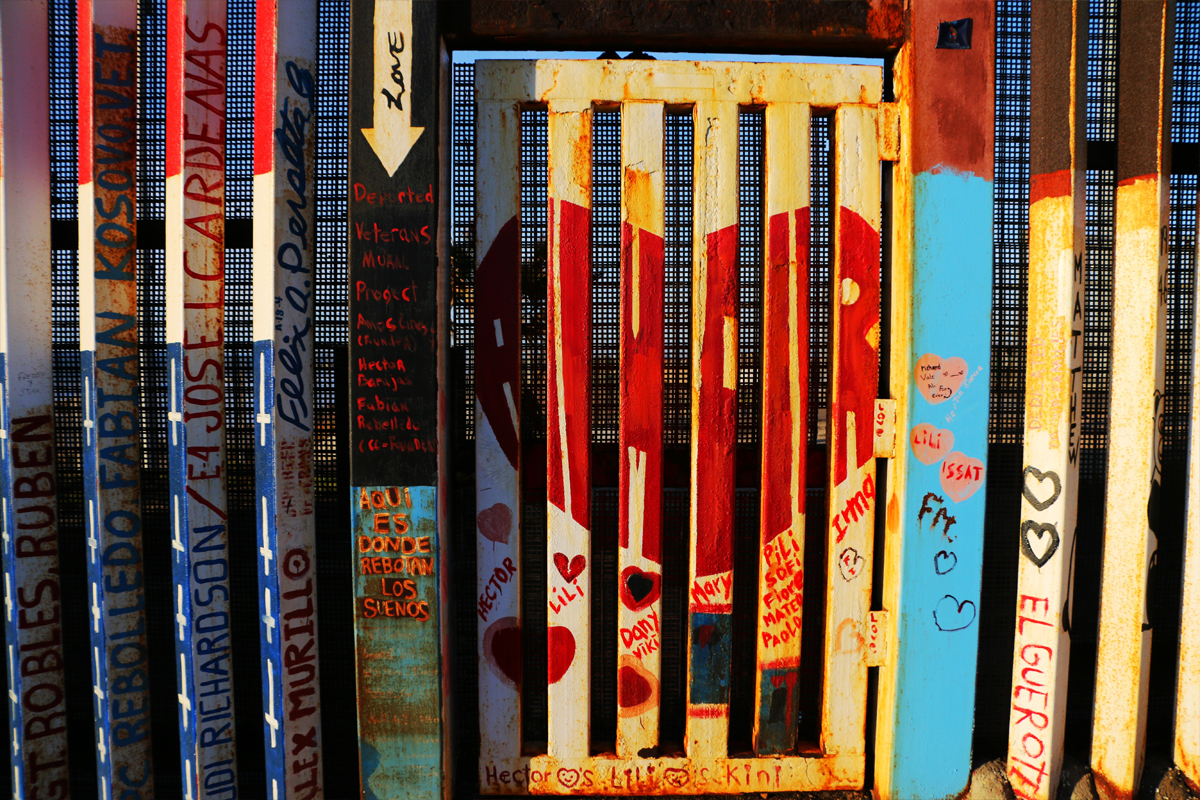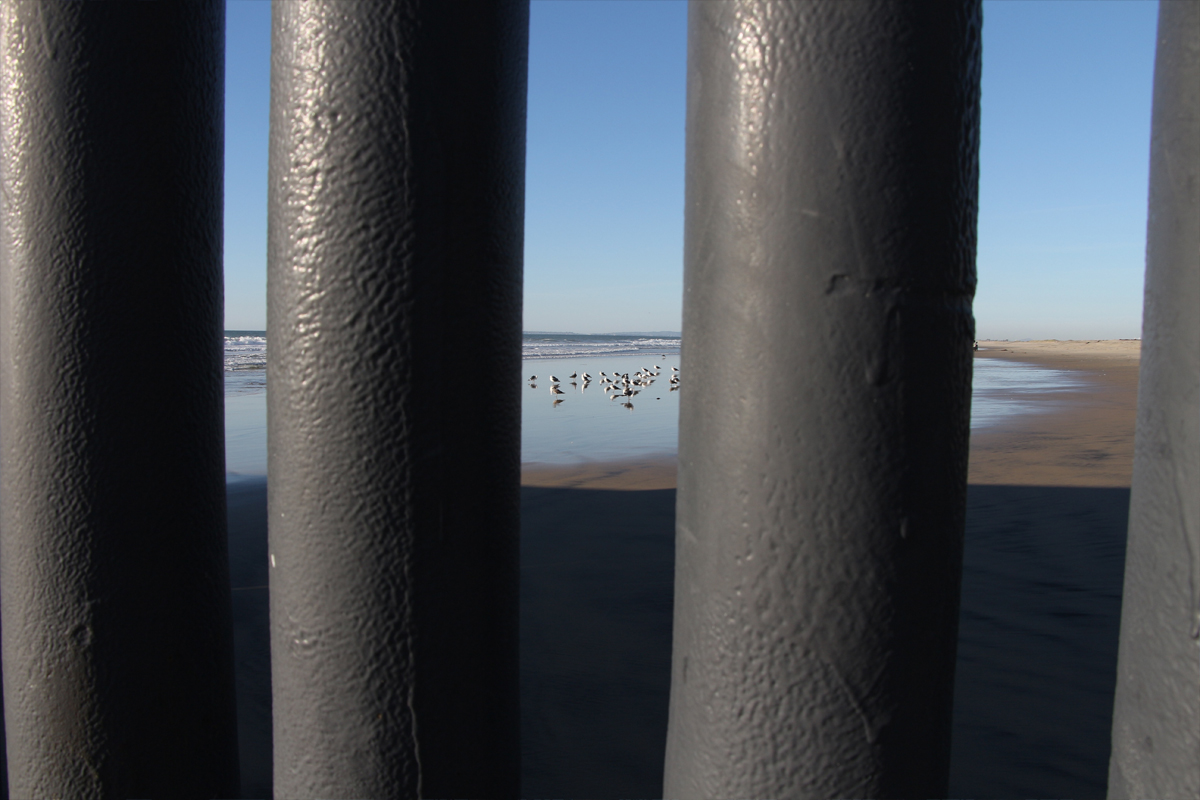My Okasan
There I was butt-naked in all my glory. All of my fullness on display to behold. Though I dug deep to exude some composure, I moved as graceful as a mother seal sliding past a flock of watching seagulls. I pushed myself forward, head high. Being fully exposed with nothing to hide behind, I sensed that this was going to be a moment to remember. I was in Japan, spending the day at a local “onsen,” - a natural hot-springs bath house — in the “female-only” section. Surrounded by women of all ages, a naked communion was taking place, creating a sacred time to be with others, with nature, and with oneself. I should have tried to lose ten pounds before this trip. * * I was here with my Japanese girlfriend, Takemi. I was giddy. This was another country that I had dreamt of visiting. As a child, every Saturday morning I would run to the television to see my favorite cartoon, The Adventures of Johnny Quest. Johnny explored foreign lands, along with his …
